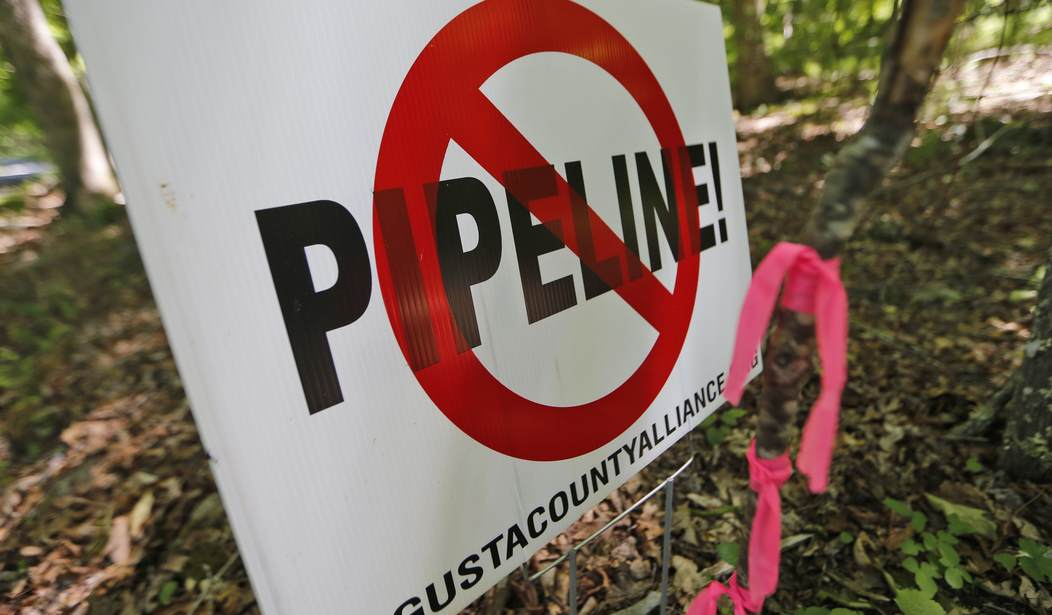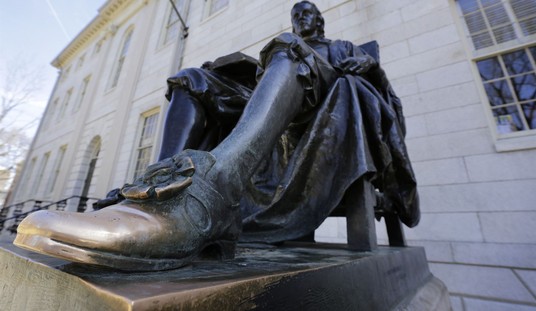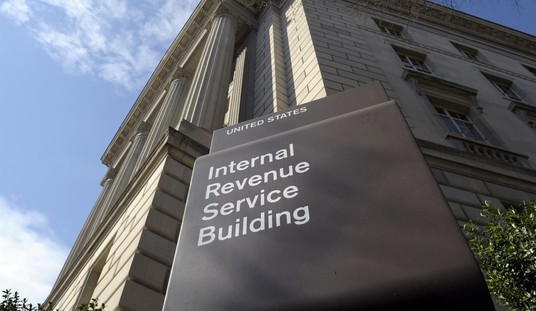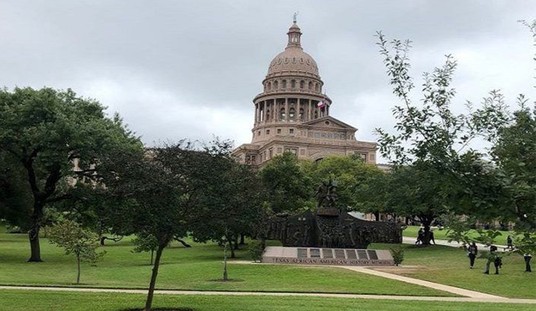Natural gas bills are exploding seemingly everywhere, with customers’ charges sometimes doubling—or even tripling—from historical norms. I personally just received my bill from SoCal gas, and I almost had a heart attack because it was four times higher than any other I’ve received since I moved into my house over 10 years ago.
This is more than four times our previous bills for this period in recent years.
Thanks, @POTUS and @GavinNewsom
No, we can't afford it. https://t.co/6w40b6GWIx
— Bob Hoge (@Bob_Hoge_CA) February 24, 2023
(Note to math nerds: you will calculate that $1,173 is not four times higher than the $500 figure my wife tweeted about. But I pay the bills, and I can tell you that it is four times higher than what we normally pay this time of year.)
It’s not just households that are getting slammed, businesses are getting destroyed too:
A Burbank restaurant received a gas bill that came out to more than $23,600 for January. The owner said prior to natural gas prices skyrocketing, the gas bill would have been significantly lower. 📈 https://t.co/w8JG9Yfam5 pic.twitter.com/9biiIKZvIY
— ABC7 Eyewitness News (@ABC7) March 13, 2023
The question is, why? What’s going on?
The Wall Street Journal did a deep dive into the issue, discussing myriad elements that are behind the insane increases. There are all sorts of technical factors, like supply issues, the war in Ukraine, weather patterns, maintenance at power plants, and more:
Homeowners and businesses across the country have seen their gas bills go wild—and the turbulence isn’t going to calm down anytime soon.
Last year was the most volatile on record for natural gas, boosting the cost to heat homes, generate electricity and manufacture economic building blocks such as fertilizer and steel. Prices in 2022 whipsawed from unseasonable lows to shale-era highs and back again. Benchmark gas futures, which determine what millions of Americans pay for heat and electricity, swung by at least 7% on 44 days last year, the most since at least the early 1990s, when gas markets were deregulated and the modern trading era began.
The wild ride has continued this year, with12 daily moves of 7% or greater. On many days, traders find it difficult to determine why prices move so sharply.
Ok, ok, I get it. There’s a lot at work here. But is that all that’s happening here? In a word—no.
The following is not meant to be a critique of the WSJ’s reporting; in fact, they did an excellent job of summarizing the variety of forces at work.
However, I kept noticing similar sentences sprinkled among all the complicated explanations—and they weren’t complex at all.
Simply put, since former President Obama declared a war on coal, the nation has been closing down coal-powered plants faster than we are finding ways to replace the energy they supplied. Biden has continued—and even expanded—on that hostility to fossil fuels, and the results are predictable: skyrocketing energy costs.
Biden says he is "lowering your home energy bills."
Huh? Electricity is up 11.9%, fuel oil is up 27.7%, and natural gas is up 26.7% over last year. pic.twitter.com/5xoSUyligh
— RNC Research (@RNCResearch) March 9, 2023
Here are some of the sentences I referred to above that periodically appeared in the long Journal article. All further bolding is mine:
Policy decisions from the White House to state capitols have exacerbated the situation. States have blocked and discouraged new pipeline construction and hastened the closure of coal-fired power plants, while federal officials have said they would boost gas exports to support U.S. allies, particularly in Europe.
And:
Coal-based power generation dropped by about 55% between 2007 and 2021, according to the Energy Information Administration, and it trended even lower in the first 11 months of last year….
The WSJ explains that this drop in power generation was caused by the revolution in shale drilling, which allowed gas-powered plants to flourish. The competition caused many coal plants to shutter their doors:
The shift forced dozens of coal-plant retirements in Pennsylvania, Ohio and elsewhere that left many locations’ hulking boilers and towering smokestacks to demolition crews.
But it wasn’t just shale that caused their decline. Government policy and do-gooding investing were also a major factor:
With pressure growing to cut emissions, such shutdowns could increasingly be driven by policy decisions and corporate sustainability plans rather than economics of coal-to-gas switching, said Matthew Hoza, head of U.S. power markets at data-analytics firm FactSet.
No .. home energy bills are not coming down.
In fact, heating and electricity bills are still nearly breaking some families.
Some are now more than the mortgage.
Blame poor planning over the last few decades. https://t.co/kH8FVbambA
— Brian Sullivan (@SullyCNBC) March 16, 2023
Why are Western states like California getting hit so hard? Again, notice the phrase, “coal plants have shut down”:
Costs have climbed out West, where coal plants have shut down, drought diminished hydropower output and gas supplies shrunk after the 2021 pipeline explosion. A December cold spell in California pushed households to turn up the heat and overcast skies cut solar generation.
Admittedly, I have cherry-picked the article for quotes that support my narrative, and as I said, the Journal also supplies many other complex explanations for the surge in prices. But I just kept noticing over and over again that the word “coal” kept popping up, as did the word “policy.”
There are two truths to be gleaned here: 1) Obama, Biden, et al started a war on fossil fuels before reliable, economical replacements were ready for prime time, and 2) their policies achieved (unhappy) results.
To me, Joe Biden defined his presidency on his first day in office when he canceled the Keystone pipeline. His embrace of unproven green energy and his hostility toward fossil fuels have taken center stage ever since.
Yes, the WSJ is right that Russia’s invasion of Ukraine, weather patterns, etc., etc., etc., have all contributed to the spike in energy costs—but at the heart of the matter is Democrat policy. It’s hurting regular Americans, some of who are forced to choose between buying (inflation-priced) groceries or heating their homes.
As Obama once said, elections have consequences, and the disputed presidential election of Joe Biden has had many—almost all of them negative.
Between inflation and ridiculous energy costs, he’s truly put the squeeze on the American people.
The opinions expressed by contributors are their own and do not necessarily represent the views of RedState.com.
See also:
Battle of the Activists: Dead Whales on the East Coast Likely Due to Wind Turbine Farms
Joe Rogan Guest Exposes the Slavery and Child Labor Behind iPhones, Teslas













